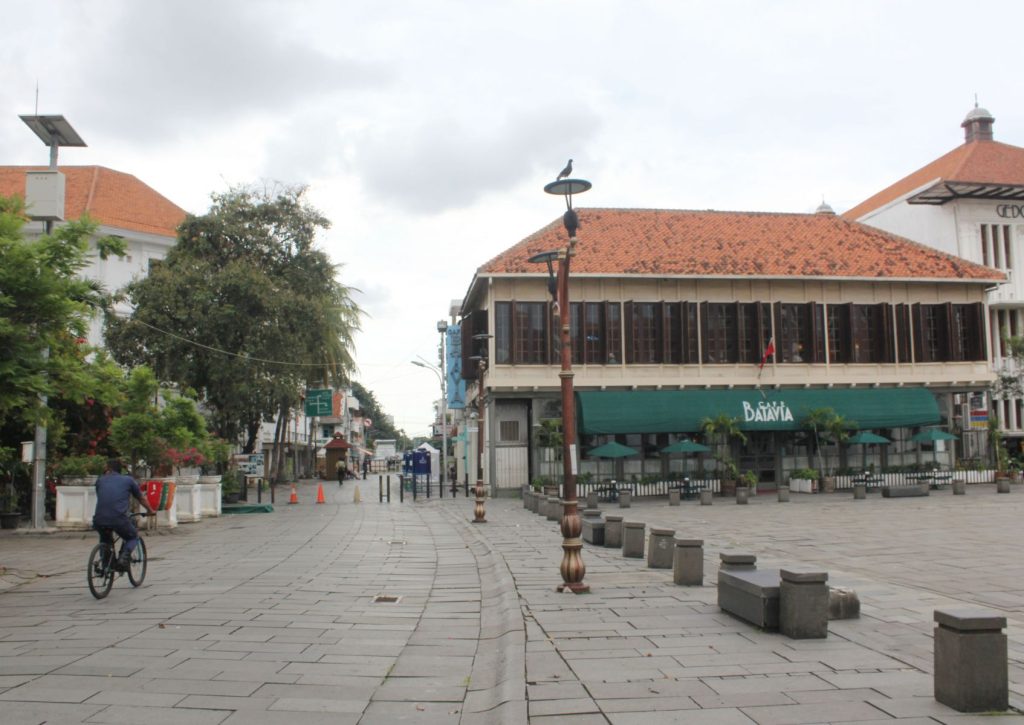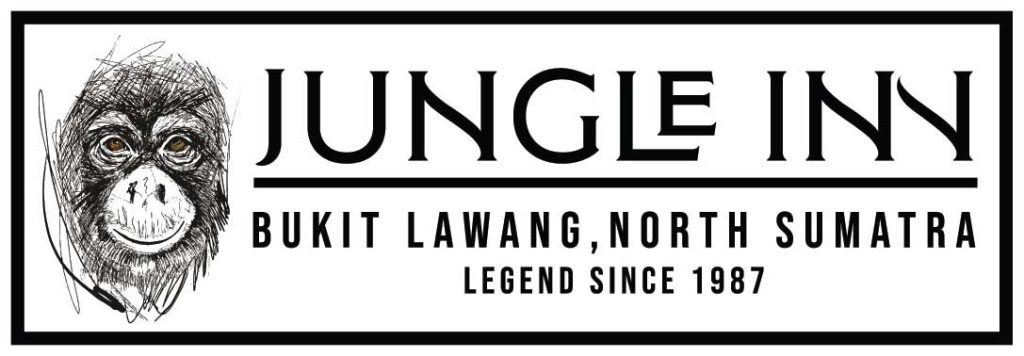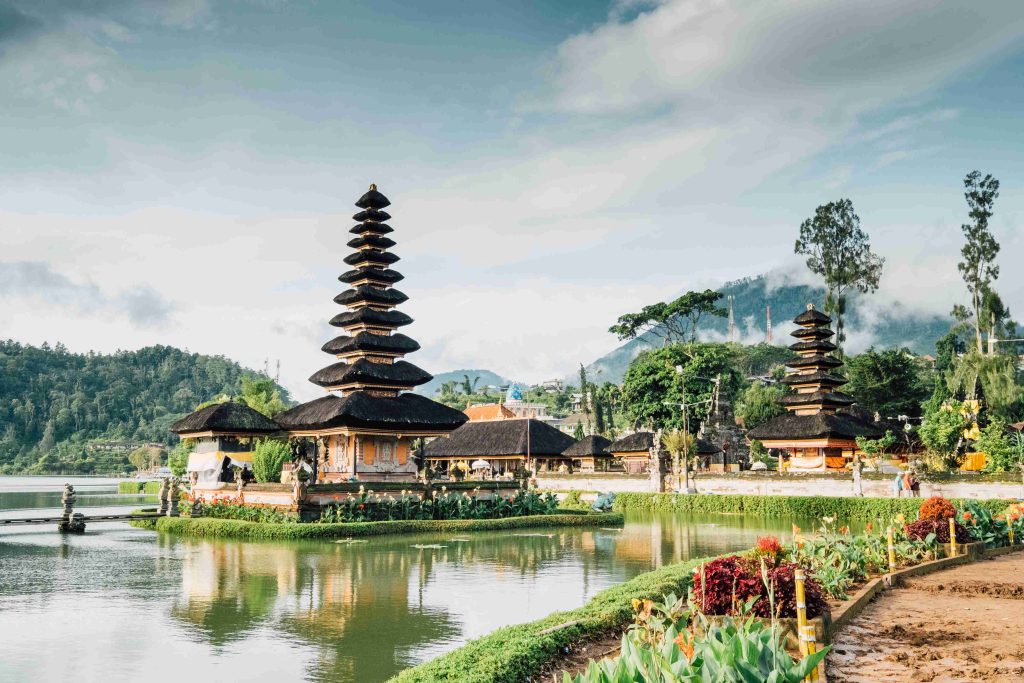Nestled amidst the bustling metropolis of Jakarta, there exists a hidden gem that holds within its ancient walls the secrets of a bygone era. Kota Tua, often referred to as the “Old Town,” is a living testament to the city’s vibrant past, where history and modernity coexist in harmony.
In this article, we invite you to embark on a captivating journey through the heart of Kota Tua, where every cobblestone street, colonial building, and age-old artifact narrates a story waiting to be uncovered. Join us as we step back in time to explore the enchanting world of Jakarta’s historical epicenter, where the past comes alive in every corner, and where the soul of the city finds its roots.
Kota Tua: Jakarta’s Living Time Capsule of Colonial Heritage

In the bustling metropolis of Jakarta, amidst the modern skyscrapers and the frenetic pace of urban life, lies a hidden gem that takes visitors on a journey back in time. Kota Tua, also known as Old Batavia, is Jakarta’s living time capsule of colonial heritage. This historic district offers a unique glimpse into Indonesia’s colonial past, with its well-preserved architecture, cobblestone streets, and a rich tapestry of cultural influences. Let’s delve into the captivating story of Kota Tua and its significance as a testament to Jakarta’s history.
The Birth of Batavia
Kota Tua’s story begins in the early 17th century when the Dutch East India Company (VOC) established Batavia as its headquarters in the East Indies. The strategic location, abundant resources, and thriving trade routes in the region made Batavia a pivotal hub for the VOC’s colonial enterprise. Under Dutch rule, Batavia flourished and became a melting pot of cultures, with influences from Europe, Asia, and beyond converging in the city.
The Architectural Splendor
One of the most striking aspects of Kota Tua is its architectural diversity. The district boasts an array of well-preserved colonial-era buildings, each with its unique charm and history. These buildings, characterized by their Dutch, Chinese, and Portuguese architectural influences, stand as a testament to the multicultural heritage of the city.

The Fatahillah Square, at the heart of Kota Tua, is surrounded by some of the most impressive colonial structures. The Jakarta History Museum, housed in the former city hall, showcases the city’s history from pre-colonial times to the present day. Nearby, the Wayang Museum celebrates Indonesia’s rich puppetry traditions, while the Fine Art and Ceramics Museum displays an extensive collection of Indonesian art.
Strolling along the cobblestone streets, visitors can admire the grandeur of the Toko Merah (Red Shop) and the former Sunda Kelapa Port. The Toko Merah, with its distinctive red facade, once served as the residence of VOC officials. Today, it’s a museum that provides insights into colonial life. The former Sunda Kelapa Port, which dates back to the 17th century, serves as a reminder of Jakarta’s maritime importance during the colonial era.
The Cultural Tapestry
Kota Tua isn’t just about architecture; it’s a vibrant showcase of Indonesia’s diverse cultural heritage. The district’s streets are lined with street vendors selling traditional Indonesian snacks, and you can savor local delicacies such as kerak telor (spiced omelet) and asinan (pickled vegetables). Street performers and buskers often entertain visitors, adding to the lively atmosphere.
Also read : 10 Best Things to Do in Berastagi for an Unforgettable Experience
Kota Tua is also home to Jakarta’s Chinatown, where the Chinese influence on Indonesian culture is prominently on display. Glance up, and you’ll see intricate Chinese motifs adorning the facades of buildings, while the Jin De Yuan Temple provides a spiritual oasis amidst the urban chaos.
Preservation and Challenges
While Kota Tua has managed to preserve much of its colonial heritage, it has faced various challenges over the years. Urbanization, neglect, and a lack of resources have threatened the district’s historical integrity. Efforts have been made to restore and revitalize the area, with the hope of maintaining its status as a living time capsule.
Unraveling the Rich History of Kota Tua, Jakarta

Nestled within the sprawling metropolis of Jakarta, Indonesia’s capital city, lies a place that holds the keys to understanding the nation’s complex and fascinating history. Kota Tua, often referred to as the “Old Town” or “Batavia,” is a district that has witnessed centuries of transformation, from its humble beginnings as a small trading post to becoming a vibrant hub of commerce and culture. We will embark on a captivating journey through the annals of time to explore the rich history of Kota Tua, where every cobblestone street and weathered building tells a story of Indonesia’s past.
1. The Birth of Batavia
The story of Kota Tua begins in the early 17th century when the Dutch East India Company, known as the Vereenigde Oost-Indische Compagnie (VOC), established a fortified trading post on the northwest coast of Java. This strategic location was chosen for its proximity to the sea and its access to the lucrative spice trade in the Indonesian archipelago.
The settlement was initially named “Batavia” in honor of the Batavians, an ancient Germanic tribe from which the Dutch people traced their origins. The VOC quickly expanded its influence, and Batavia became the center of Dutch colonial power in the East Indies. The city was designed with canals, fortifications, and a grid street plan, reminiscent of Dutch cities, which can still be seen in the layout of Kota Tua today.
2. The Spice Trade and Colonial Legacy
During the 17th and 18th centuries, Batavia thrived as a vital trading post in the global spice trade. It was a melting pot of cultures, attracting not only Dutch settlers but also Chinese, Portuguese, Arabs, and indigenous people from various parts of the archipelago. The VOC’s dominance in the spice trade brought immense wealth to the city, but it also witnessed its fair share of conflicts, including clashes with the British and native uprisings.
The legacy of Dutch colonial rule is deeply embedded in Kota Tua’s architecture. The district is adorned with grand colonial buildings, such as the Jakarta History Museum (formerly the Stadhuis), Wayang Museum, and the Old Town Hall, showcasing the architectural splendor of the past. These buildings offer a glimpse into the opulent lifestyle of the colonial elite.
Also read : 7 Top Fancy Restaurants in Jakarta to Unforgettable Dining Experiences
3. Decline and Revival
The 20th century marked a period of decline for Kota Tua. Dutch rule came to an end during World War II when Indonesia proclaimed its independence. The once-thriving trading hub gradually lost its significance as the focus shifted to the modern metropolis of Jakarta. Neglected and in disrepair, Kota Tua’s historic buildings began to crumble.
However, in recent decades, efforts have been made to revitalize this historic district. Restoration projects have breathed new life into Kota Tua, and it has once again become a popular destination for both locals and tourists. Visitors can now explore the area’s museums, art galleries, and vibrant street life while enjoying a glimpse into Indonesia’s colonial past.
4. Preserving the Legacy
As we wander through the cobblestone streets of Kota Tua today, it is evident that this historic district has found a new lease on life. It serves as a reminder of the complex history that has shaped Indonesia into the nation it is today. The efforts to preserve and showcase Kota Tua’s heritage pay tribute to the resilience and spirit of the Indonesian people, who continue to embrace their past as they stride confidently into the future.
Conclusion
Kota Tua stands as a testament to Jakarta’s rich and complex history. It is a place where the past and present coexist, offering a unique opportunity for visitors to step back in time and explore the colonial heritage of Indonesia. As Jakarta continues to evolve, the importance of preserving Kota Tua’s cultural and historical significance becomes increasingly evident. In this living time capsule, the story of Jakarta’s colonial past is waiting to be explored by curious travelers and history enthusiasts alike.
In closing, Kota Tua stands as a living museum, a place where the past and present coexist, inviting all who visit to embark on a journey through time, uncovering the layers of history that have made Indonesia the diverse and culturally rich nation it is today.

Ahmad Rizal Rasyid is a seasoned traveler with a passion for exploring new places and experiencing different cultures. With a lifetime of travel experience under his belt, he shares his insights and experiences through his writing, and uses his skills in Google Ads to help promote Jungle Inn and Restaurant in Bukit Lawang






